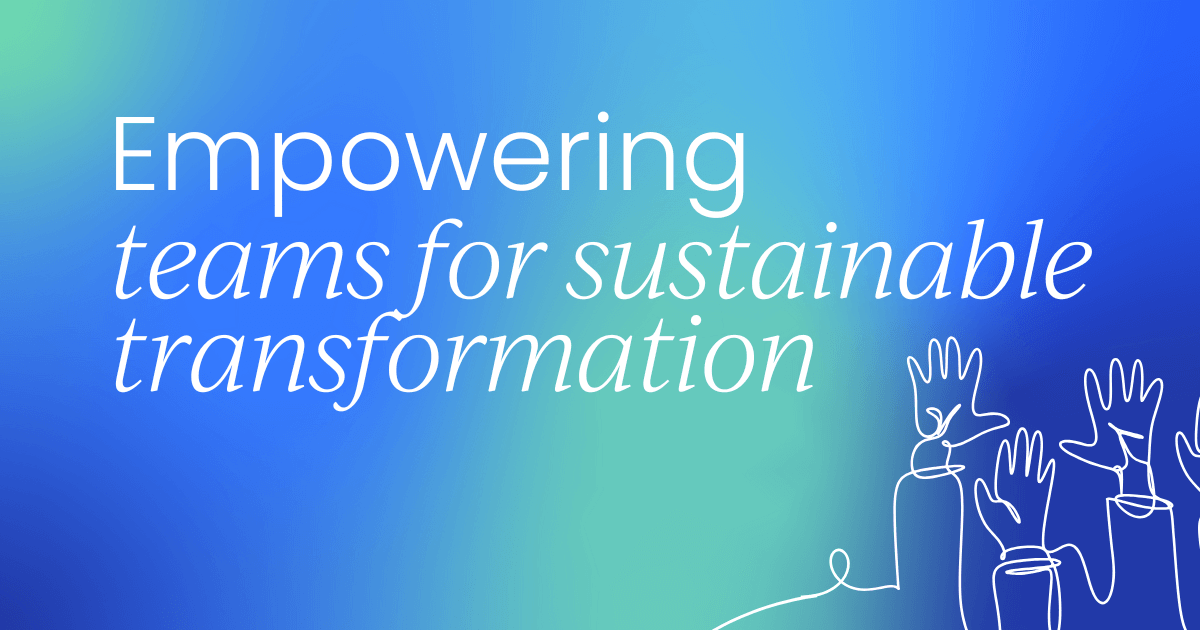“The universe of possible worlds is constantly expanding and diversifying thanks to the incessant world-constructing activity of human minds and hands.”
This quote comes from the book Speculative Everything. I love it because it speaks to something fundamental about human nature—we are remarkable at finding better ways of doing things.
We innovate, scale our products, and turn obstacles into challenges that push us to be more creative. We don’t stay stagnant; we are constantly expanding, questioning, and improving.
When we talk about change, it’s not something that just happens to us. We are not passive participants floating in a sea of transformation. We are the ones driving change, shaping the future, and making things happen.
Sustainable change isn’t about disruptive cycles or rigid top-down approaches—it’s about creating dynamic and responsive organizations that empower employees to drive transformation from within.
In this article, I’ll explore the biggest challenges in transformation, why many initiatives fail, and the strategies that enable organizations to embrace sustainable and collective change.
The key to successful transformation
Throughout my career, I’ve seen transformation projects succeed and fail. One of my favorite projects was with a fintech company where we didn’t just transform their platform—we transformed their culture and ways of working. It was a brilliant success because we involved everyone from the beginning.
Rather than following the stereotypical consultant approach of presenting solutions from the outside, we embedded ourselves within the organization. We ensured that people were active participants in decision-making, from identifying what needed to change to envisioning the final outcome. We used the split and seed method, gradually introducing change while ensuring it took root within the company.
This experience reinforced an important lesson: transformation isn’t about imposing change from the top down.
Sustainable change happens when teams are empowered, engaged, and invested in the journey. That’s how we create lasting impact, not just in our organizations but in the ever-evolving world around us.
Why transformation projects fail
Not all transformation projects I’ve worked on have been successful. Some failed from the very beginning because people didn’t understand why transformation was necessary.
Without buy-in, success was impossible. And it’s not just my experience—research shows that 70% of transformation projects fail. This includes business, organizational, and cultural transformations.
That’s a staggering number, and the biggest reason for failure is a lack of trust.
When trust is lost within an organization during a transformation, everything else starts to crumble. A lack of awareness around the reason for change triggers a domino effect.
While companies initiate transformation with good intentions, employees often don’t believe in it. Without trust and belief, the transformation effort stalls. People—not just decisions—drive change.
But fear of the unknown often holds them back. Employees worry: Am I going to lose my job? Do I need to learn new skills? Will I have the time and support to adapt? These concerns, left unaddressed, create resistance to change.
Progress is impossible without change, and those who cannot change their minds cannot change anything. As Irish playwright and political activist George Bernard Shaw once said, transformation requires openness and adaptability.



 Follow us on LinkedIn
Follow us on LinkedIn



